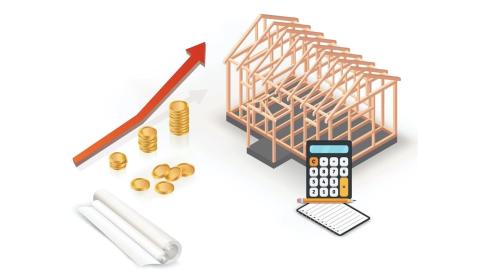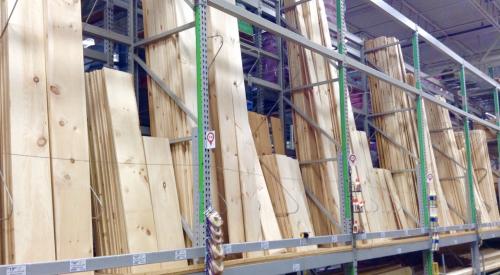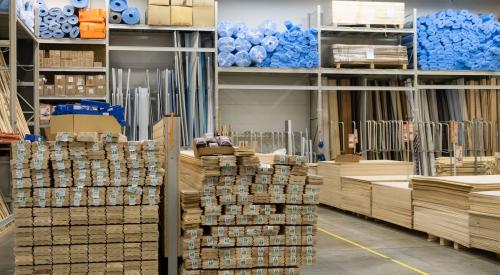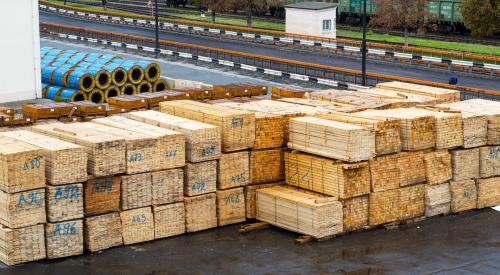Lumber futures prices have decreased by 52% (on a front-month basis) over the past seven weeks as mill prices have fallen 48% over the same period, but the prices home builders are paying since late May have declined by a fraction. The National Association of Home Builders’ Eye On Housing explains that disconnect is inherent to the lumber supply chain and choices that must be made at each stage.
As the price declines began grabbing headlines, the price of lumber packages quoted to builders held at record highs. In economics jargon, prices paid by builders—or “street” prices—were “sticky.” This dynamic is primarily due to dealers’ inventory carrying costs and potentially large differences between the price at which inventory is bought and sold.
To maintain margins, retailers and wholesalers do their best to buy low and sell high. At the very least, they try to avoid buying high and selling low, which happens to be the biggest risk in an environment of rapidly falling prices. For example, had a lumberyard quoted a client at prevailing prices two weeks ago, it would be taking a 25 percent loss relative to current pricing. Thus, a supplier that quotes clients at current market prices will consistently lose money when prices are falling.
To learn why the street prices paid by builders are sticky as price declines grab the headlines …












